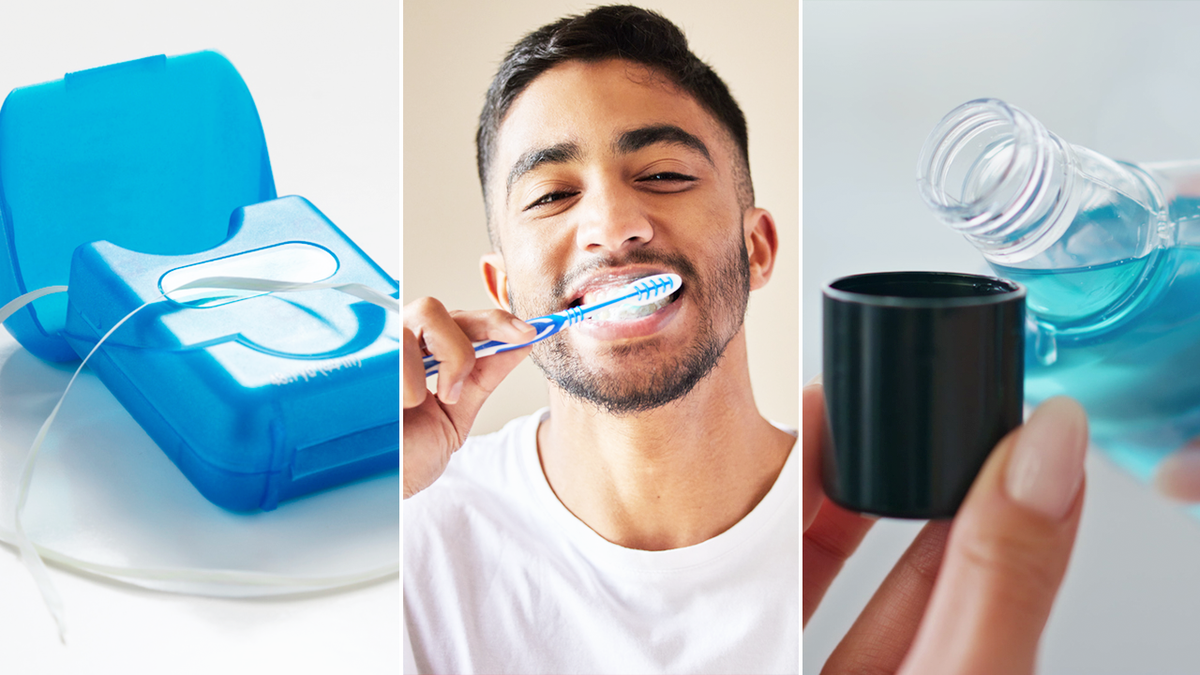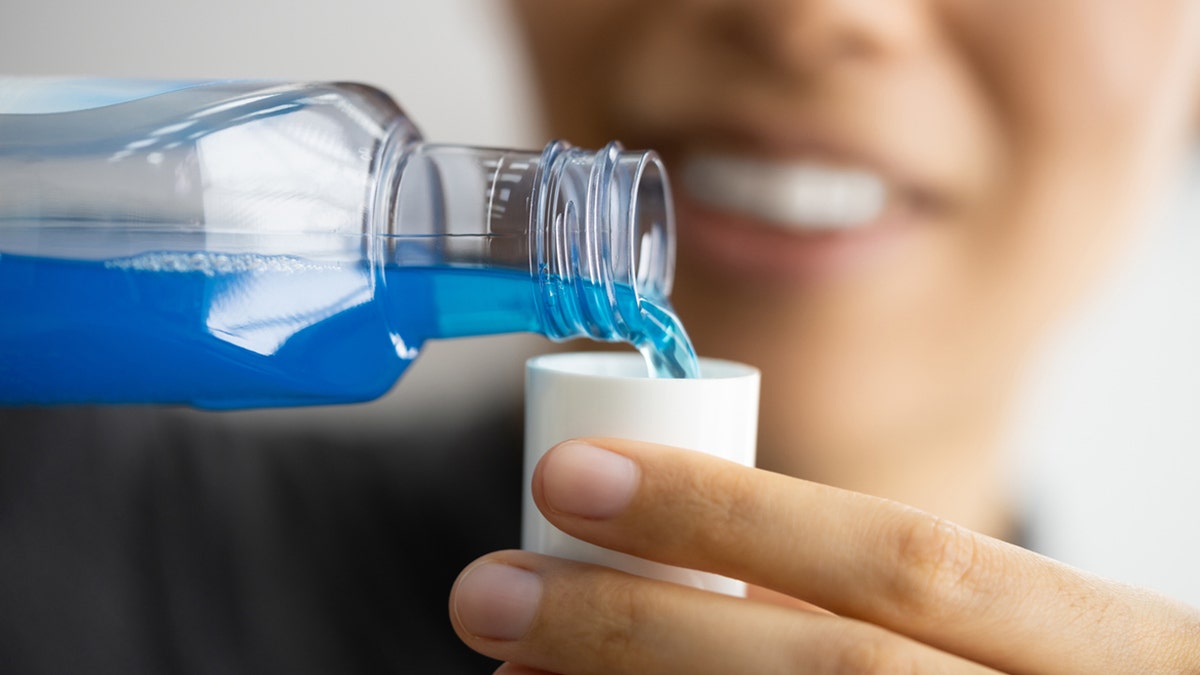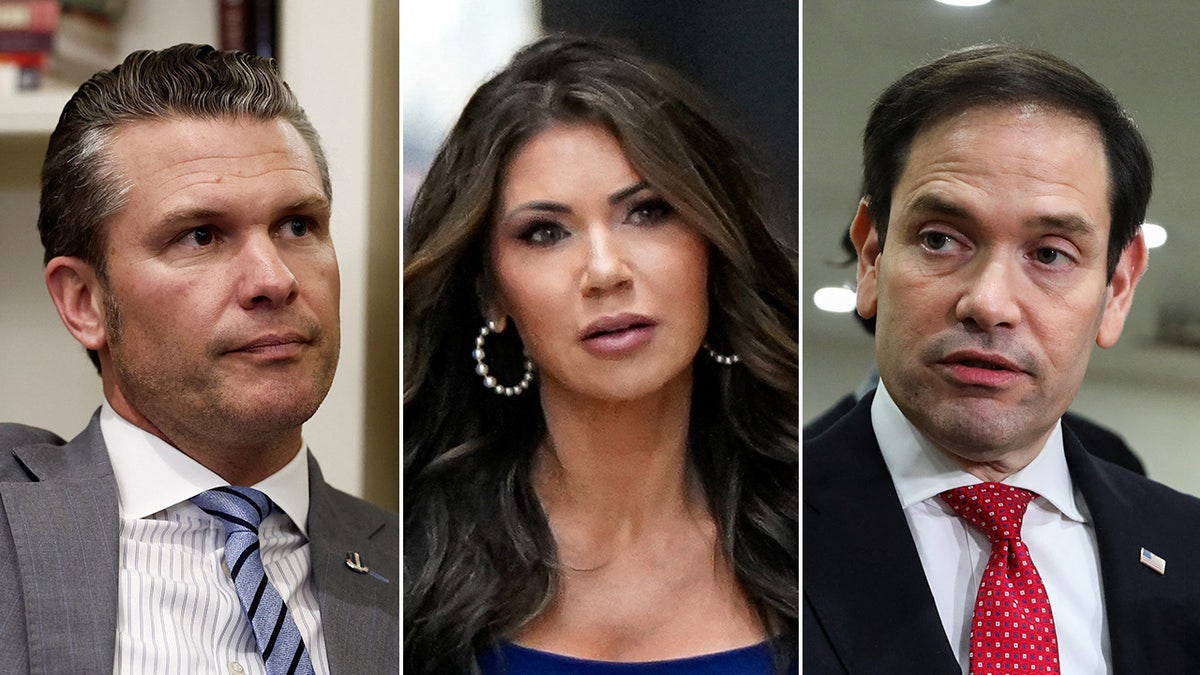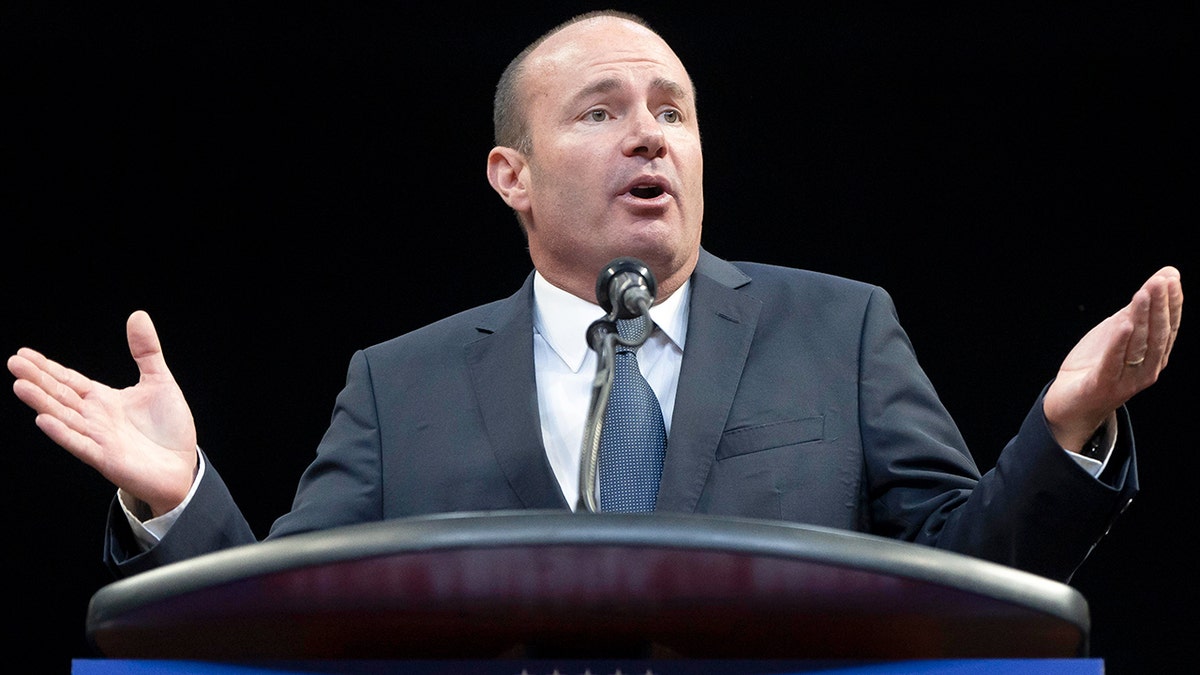Maintaining good oral hygiene involves more than just brushing, flossing, and rinsing. The sequence of these steps can significantly impact their effectiveness. Two dental professionals weigh in on the best practices for a healthy smile.
Dr. Mike Wei, a New York City dentist, suggests the following order: floss, brush, then mouthwash. Flossing first dislodges trapped food and plaque, allowing your toothbrush to effectively clean the tooth surfaces. A fluoride toothpaste then removes remaining debris and bacteria, and finally, an antimicrobial mouthwash eliminates lingering germs and freshens breath.

Dr. Ellie Phillips, an oral health educator from Austin, Texas, offers a slightly different approach. She recommends a pre-brushing rinse with salt water or a chlorine dioxide mouthwash to neutralize acidity from food and drinks. This prevents acids from being brushed into the teeth. After brushing with toothpaste and massaging the gums, Dr. Phillips advises flossing to distribute the toothpaste between teeth. She cautions, however, about the potential presence of PFAS chemicals in some floss brands. A final rinse with traditional mouthwash follows, which she claims can be highly effective in killing bacteria. She concludes with a rinse of water, preferably containing natural fluoride, to promote mineral absorption.



While both dentists emphasize the importance of a thorough routine, Dr. Wei cautions against overuse of alcohol-based mouthwashes, which can cause dry mouth. He encourages consulting with a dentist for personalized advice. Ultimately, the most effective oral care routine is one tailored to individual needs and preferences, guided by professional recommendations.








